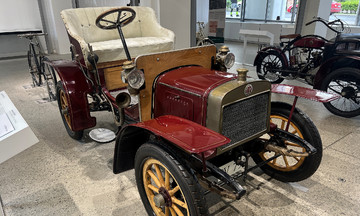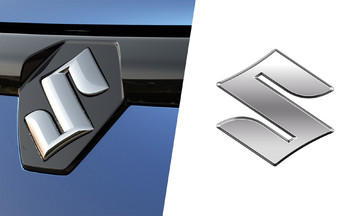Recent chain-reaction accidents on expressways, particularly the incident involving a watering truck on the Cau Gie - Ninh Binh Expressway (where speeds of up to 120 km/h are permitted), are a chilling reminder of the potential dangers. Most accidents stem from driver awareness, skill, and habits, not just infrastructure issues. Here's how to drive safely on expressways and minimize risks.
First, understand the nature of expressways. These roads are designed for high-speed travel, usually between 80 and 120 km/h. A moment's inattention can have severe consequences. Unlike city streets, expressways have few intersections, minimal cross-traffic, and fewer pedestrians. However, the high speeds make it difficult for drivers to react to unexpected situations. Many Vietnamese drivers, especially those with less experience, retain habits from regular roads: tailgating, reckless overtaking, and abrupt lane changes. These are primary causes of accidents. For safety, every driver must understand that expressways demand strict adherence to rules and require advanced driving skills.
Second, maintain a safe following distance. A common cause of expressway accidents is insufficient following distance. At 100 km/h, if a car is tailgating and the vehicle ahead brakes suddenly, the following car will likely be unable to react in time. The law mandates safe following distances; for example, at 100 km/h, drivers must maintain a minimum distance of 70 m from the vehicle in front. In reality, many drivers tailgate to overtake or maintain speed, a highly dangerous practice. Maintaining a safe distance protects not only the driver but also allows more time to react to unforeseen events.
Third, avoid arbitrary stopping or parking. Stopping on the emergency lane to rest, answer calls, or even use the restroom is dangerous and inconsiderate. Tragic accidents have occurred due to trucks or buses stopping suddenly. The emergency lane is solely for breakdowns, emergencies, and if stopping is unavoidable, drivers must activate hazard lights and place reflective warning triangles at a safe distance behind the vehicle. However, the best solution is to avoid stopping on the expressway unless absolutely necessary. Use designated rest areas for breaks, never the shoulder.
Fourth, understand and obey lane rules. Expressway lanes have distinct purposes. The innermost left lane (next to the median) is generally for overtaking, not continuous driving. The middle lane is for steady travel, while the outermost right lane is for slower vehicles or those preparing to exit. Many drivers treat the left lane as a "VIP lane," refusing to yield, while others change lanes constantly without signaling. These habits pose significant accident risks. Adhering to lane rules ensures traffic order and reduces collisions.
Fifth, maintain absolute focus and avoid distractions. At 100 km/h, a second's distraction means traveling nearly 30 meters. Using phones, engaging in conversations, or eating while driving is incredibly dangerous. On the expressway, drivers should minimize distractions, keep both hands on the wheel, scan the road ahead, and regularly check mirrors. Increased focus enhances the ability to react to situations.
Sixth, control speed and maintain composure. Some believe that expressways are for maximum speed. However, exceeding speed limits or driving beyond one's skill level is dangerous. Many accidents occur because drivers lose control during turns, in bad weather, or when encountering obstacles. Composure is also vital. Inexperienced drivers are often hesitant, tense, and prone to making wrong decisions. Conversely, some are overconfident, disregard rules, and drive recklessly. Maintaining a calm and alert state of mind is crucial. Never drive when drowsy or under the influence of alcohol.
Seventh, practice mindful driving and road etiquette. Expressway safety depends not only on skill but also on awareness. If every driver practices courtesy, follows rules, and avoids selfishness, expressways become genuinely safe. Accidents often arise from haste, aggression, and disrespect for others. It's important to understand that expressways are not for showcasing speed but for safe and efficient travel between regions.
Driving on expressways is safe if drivers adhere to rules and maintain awareness. Keep a safe distance, avoid arbitrary stopping, stay in the correct lane, focus on observation, control speed, and respect others—these simple principles can save lives, not just your own, but also your family's and those around you. Expressways are modern infrastructure that saves time and boosts the economy. But to utilize these benefits, every road user must realize that a moment of carelessness can have fatal consequences.
Bao Ngoc










